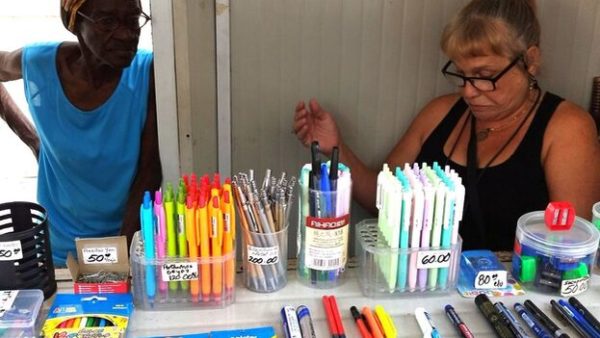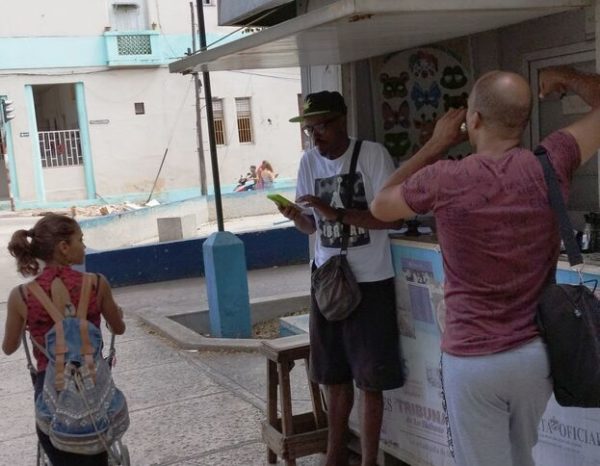Newsstands in Cuba No Longer Sell Newspapers

By Juan Diego Rodríguez (14ymedio)
HAVANA TIMES – Where before there were only old magazines and the occasional newspaper, now colorful pens, school notebooks and paper glue are on display. The small shop on 26th Street near Tulipán, in Havana, has been leased to a self-employed person who offers office products instead of the copies of Granma or Juventud Rebelde that until recently were sold in the small stand.
Without announcements or fanfare, the kiosks intended for the official press have been turning into private businesses that no longer market the publications with triumphalist headlines that come out of Cuban printers. The transformation has hardly surprised customers, who had already noticed that the arrival of newspapers was increasingly delayed and the number of copies decreased.
In a country where digital information sources are taking space away from paper, the economic crisis has also contributed to the official media losing prominence. “I used to buy the newspaper to use it as toilet paper, but a few days ago I came and found that they don’t sell newspapers here anymore,” a retiree who lives near the stand on 26th 14ymedio.
In Centro Habana, the mutation of the newsstands is also proceeding at an accelerated pace. In the Cayo Hueso neighborhood, “there are practically no stalls left that sell newspapers,” laments a neighbor on the corner of Infanta and San Lázaro. “Those who don’t have a mobile phone to read the news on the Internet don’t know anything because you can’t find a magazine or a newspaper in this whole area.”

“The most affected are the old men who bought Granma and resold it,” explains the woman, pointing to a kiosk on Calle Infanta where they still carry the Communist Party newspaper but only on Mondays. “They lost that income, or now they have to go further to find where they are selling it.” But not only has the type of merchandise that is offered in the stalls changed, but the subsidized price of the national press has now given way to the private sector. “A pen, 200 pesos and a notebook, 500,” she says.
“At least these kiosks are being used for something, because before it was a crime to see them empty,” says the woman. On the counter of one of these places there are erasers, rolls of transparent tape and mechanical pencils of various models. A box of colored pencils catches the eye of a passing child who also asks the price of a pencil sharpener. “They are at 50 pesos and they are very good, everything here is imported and of quality,” the vendor stresses. The word “Press” is still written on the outside of the stall.
Translation by Translating Cuba
—–





